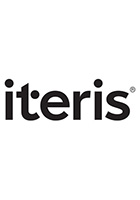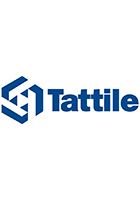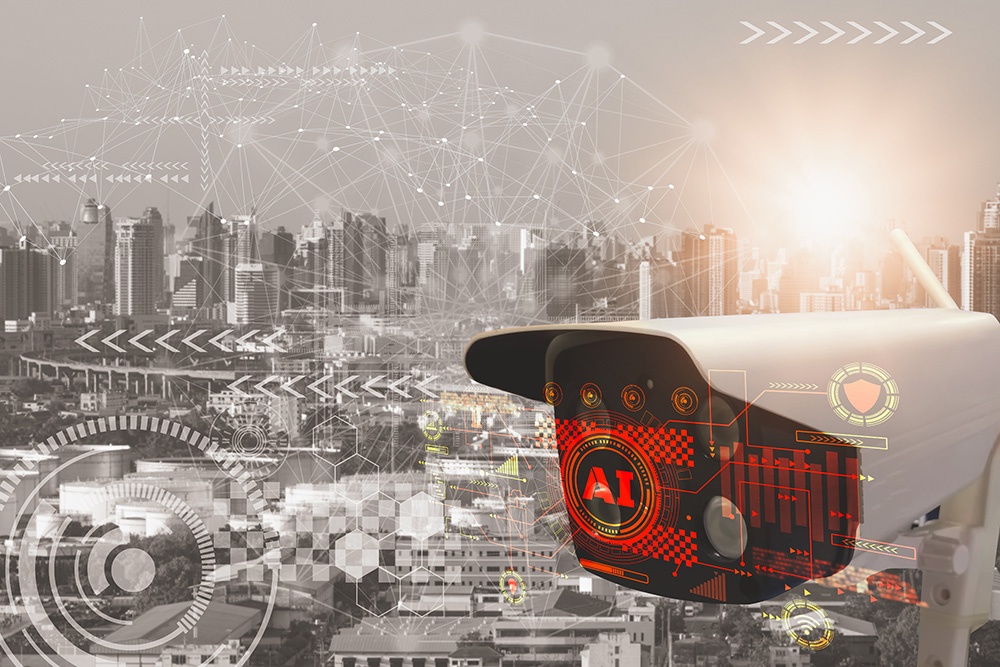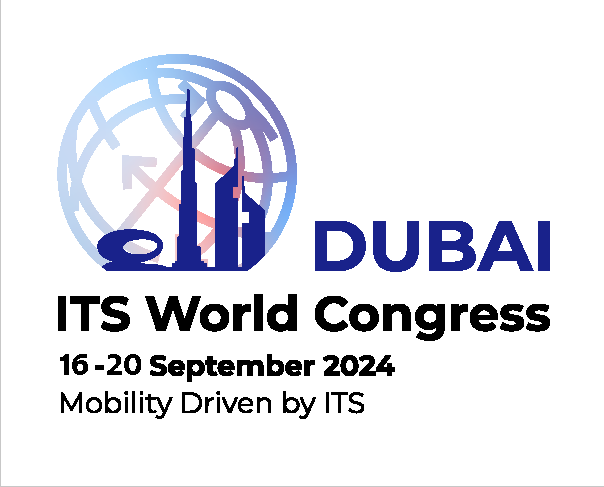
In transportation management, basic AI automatically performs tasks that normally require human intelligence, such as visual perception and decision-making. A prime example is the automatic generation of incident response plans.
ML and deep learning can be viewed as further extensions of AI. ML uses algorithms to perform intelligent functions, whereas deep learning activates neural networking, begins to understand why things happen and applies that knowledge to other tasks. Examples of these functions are traffic prediction and advanced metering algorithms.
Parsons is highlighting that it recently received the Global Road Achievement Award from the International Road Federation for the deployment of iNET ATMS on San Francisco Oakland Bay Bridge, which incorporates fuzzy logic AI.
Within the latest version of iNET ATMS, Parsons provides various levels of AI functionality including event prediction to automatically detect traffic incidents via Cloud-enabled AI tools; native video analytics to detect wrong-way drivers, railroad crossings, and stopped vehicles as well as lane-by-lane vehicle volumes and speeds; rules-based decision support systems with real-time response plan assessments; fuzzy logic based ramp and mainline metering; traffic flow prediction for roadway speeds and level of service (LOS); and voice digital assistance.
Booth 1503
















